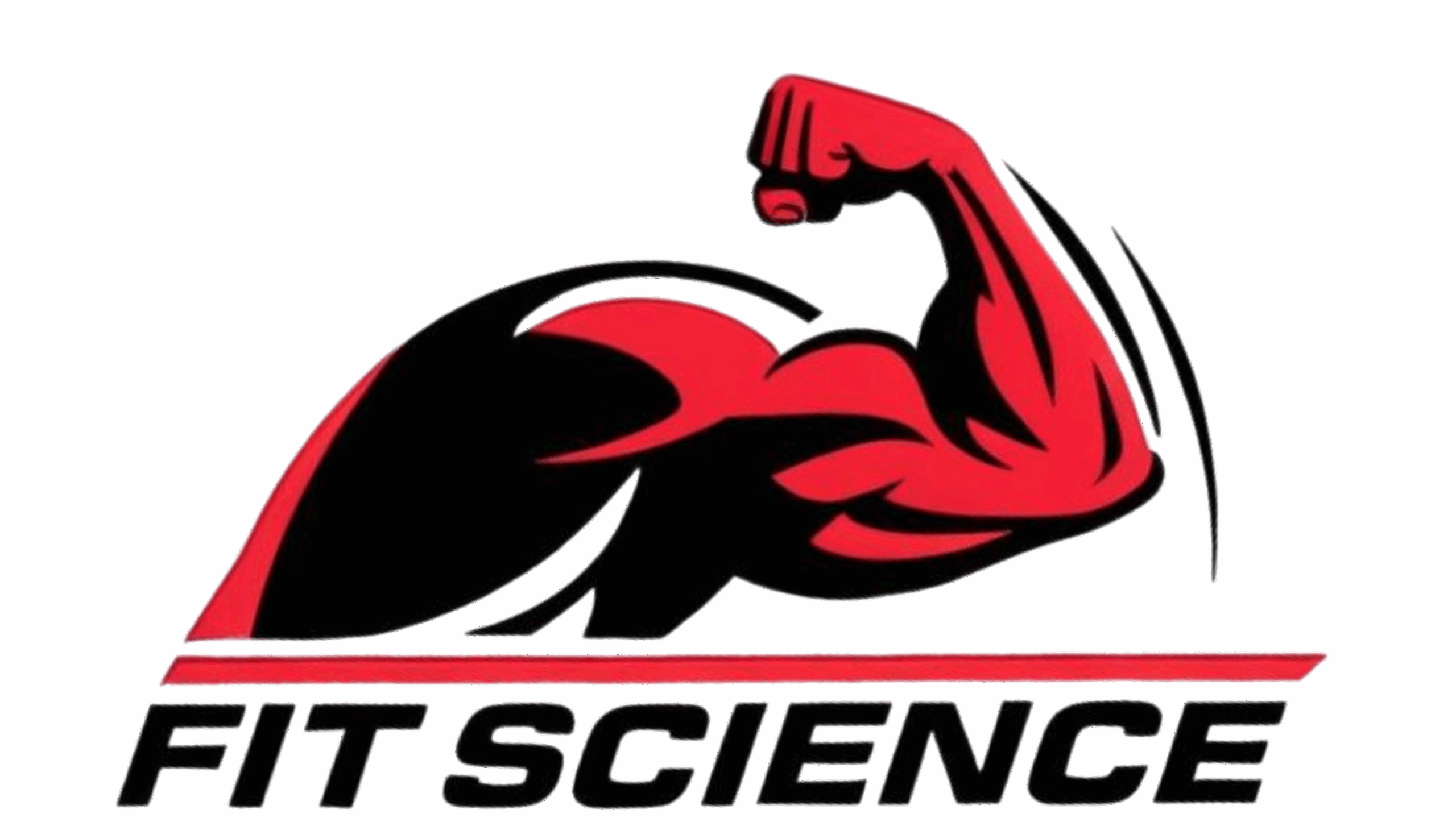Neuromuscular Efficiency: The Overlooked Factor in Strength Gains
Let’s start with something honest—getting stronger isn’t always about adding more mass. You’ve probably seen guys in the gym who aren’t that big but move crazy weight. Then there are the bodybuilder types who look like beasts but struggle with 315 on the bench. What gives?
That’s where neuromuscular efficiency comes in. It’s one of those concepts nobody really talks about until they’ve been lifting for years and hit that wall—the point where adding more volume or calories just stops working.
This article is for those lifters. The ones who’ve built the size, nailed the diet, tuned their recovery—but still feel like strength gains are crawling. If that sounds like you, buckle in. This might be the exact piece you’ve been missing.
What Is Neuromuscular Efficiency?
In plain English, it’s how well your nervous system can recruit your muscle fibers to lift something heavy. It’s not about muscle size. It’s about muscle control, precision, and timing.
Picture this: You’ve got a V8 engine under the hood, but if your spark plugs aren’t firing at the right time, or your fuel lines are clogged, you’re not going anywhere fast. Neuromuscular efficiency is the spark and wiring behind your lifts.
When your nervous system is firing on all cylinders, it’s like flipping a switch. Suddenly the same weight feels smoother, more explosive, more under control. That’s not magic—that’s NME.
Why It Matters (More Than You Think)
For new lifters, strength gains happen fast. That’s not because they’re packing on pounds of muscle each week—it’s because their nervous system is learning how to lift. Their brain is literally figuring out how to fire more muscle, faster and more efficiently.
But here’s where it gets tricky: once you’ve been training a few years, you hit that neurological ceiling. Your body says, “Alright, we’ve learned the patterns.” From there on out, most people just keep grinding heavier weights or chase more size.
Problem is, that only works to a point. If your nervous system isn’t being trained deliberately, you’re leaving performance on the table.
Signs You’re Leaving NME on the Table
Here’s a checklist:
-
You’ve gained size but your strength numbers barely budge
-
Your explosive power is trash despite your muscle mass
-
You feel uncoordinated under heavy loads
-
Some lifts just feel “off” no matter how strong you get
-
You fatigue fast even when well-fed and rested
If two or more of these sound familiar, chances are your neuromuscular efficiency isn’t keeping up with your muscle development.
How to Train for It (Without Destroying Yourself)
1. Heavy Lifts With Low Volume
We’re talking singles, doubles, maybe triples. Keep the reps low and the intensity high—85%+ of your 1RM. But don’t go to failure. The goal is clean, crisp reps that teach your nervous system how to fire hard and fast.
This isn’t about smashing PRs. It’s about drilling your neural pathways until they become automatic.
Example:
-
Squat: 5 sets of 2 reps @ 88%
-
Bench: 4 sets of 3 reps @ 85%
-
Rest: 2–4 minutes between sets
-
Focus: Bar speed, tight form, no grinders
2. Speed Work (Dynamic Effort)
Your nervous system loves fast, crisp reps. Train your muscles to fire explosively by moving submaximal weights (50–70% 1RM) as fast as possible.
Use bands or chains if you’ve got them. And don’t mistake this for high-rep pump work. This is all about bar velocity, not fatigue.
Example:
-
Speed Deadlifts: 8×2 @ 60% of 1RM
-
Box Jumps: 5×3, focusing on height and control
-
Plyo Pushups: 4×5, explosive off the ground
3. Contrast Pairing (PAP)
This is where you pair a heavy lift with a power movement to “wake up” the nervous system. It’s called post-activation potentiation, and it works like flipping a switch in your CNS.
Example:
-
Back Squat @ 90% → immediately followed by Jump Squats
-
Bench Press @ 88% → Plyometric Pushups
-
Trap Bar Deadlift → Broad Jump
The heavy lift primes your nervous system. The power move takes advantage of that priming for explosive gains.
4. Drill the Mind-Muscle Connection
We all roll our eyes at this in our early years—then one day it clicks.
If you can’t “feel” your glutes, lats, or hamstrings firing, you’re missing a piece of the puzzle. MMC isn’t just for hypertrophy—it’s how you teach your nervous system to recruit specific muscles more efficiently.
Try This:
-
Pause at the bottom of your lifts and focus on initiating with the target muscle
-
Film yourself to catch breakdowns in technique
-
Use tempo work (e.g., 3-second eccentrics) to engrain control
Don’t Ignore CNS Fatigue
Training your nervous system is powerful—but it also comes with a warning label.
Unlike muscle, your nervous system takes longer to recover. And when it’s cooked, everything feels off:
-
Poor sleep
-
Crappy motivation
-
Lifts feel “heavy” even with warm-up weight
-
Mood dips
-
Coordination suffers
If this happens, back off the intensity for a few days. Swap in lighter movement work, more carbs, more sleep. This isn’t weakness—it’s maintenance.
Supplements That Actually Help (Not Hype)
Here’s what some serious lifters use to support neuromuscular performance:
| Supplement | What It Does | Dose |
|---|---|---|
| Alpha GPC | Boosts acetylcholine, improves motor output | 300–600 mg pre-lift |
| Tyrosine | Increases dopamine, improves focus & drive | 1–2g preworkout |
| Lion’s Mane | Nerve growth stimulator (long-term use) | 500–1000 mg/day |
| Caffeine | CNS stim, improves bar speed | 200–400 mg |
| Creatine | Enhances muscle + neural ATP stores | 5g daily |
Bonus: some advanced athletes experiment with Modafinil, Selegiline, or racetam-based nootropics—but those are serious compounds with side effects, and they’re not beginner-friendly.
Final Thoughts (Real Talk)
If you’re stuck chasing strength gains and feeling like you’re spinning your wheels, you’re not alone. Most guys hit this wall—and the ones who break through aren’t always the biggest in the gym. They’re the ones who move like machines.
They train for force, not just fatigue. They lift with intent, not just effort. They recover like pros, not amateurs.
Neuromuscular efficiency isn’t sexy. It won’t pump up your arms in 20 minutes. But if you can tap into it, you’ll become one of those lifters who just moves weight differently. Cleaner. Faster. Smarter.
Sources
-
Enoka RM, Duchateau J. Muscle fatigue and neural mechanisms. J Physiol.
-
Haff GG et al. Postactivation potentiation and athletic performance. Strength Cond J.
-
Spillane M et al. Effects of Alpha-GPC on strength and power output. J Int Soc Sports Nutr.
-
Sale DG. Neural adaptation to strength training. Can J Appl Physiol.
-
Komi PV. Neuromuscular performance: factors influencing force and speed. Med Sci Sports Exerc.











